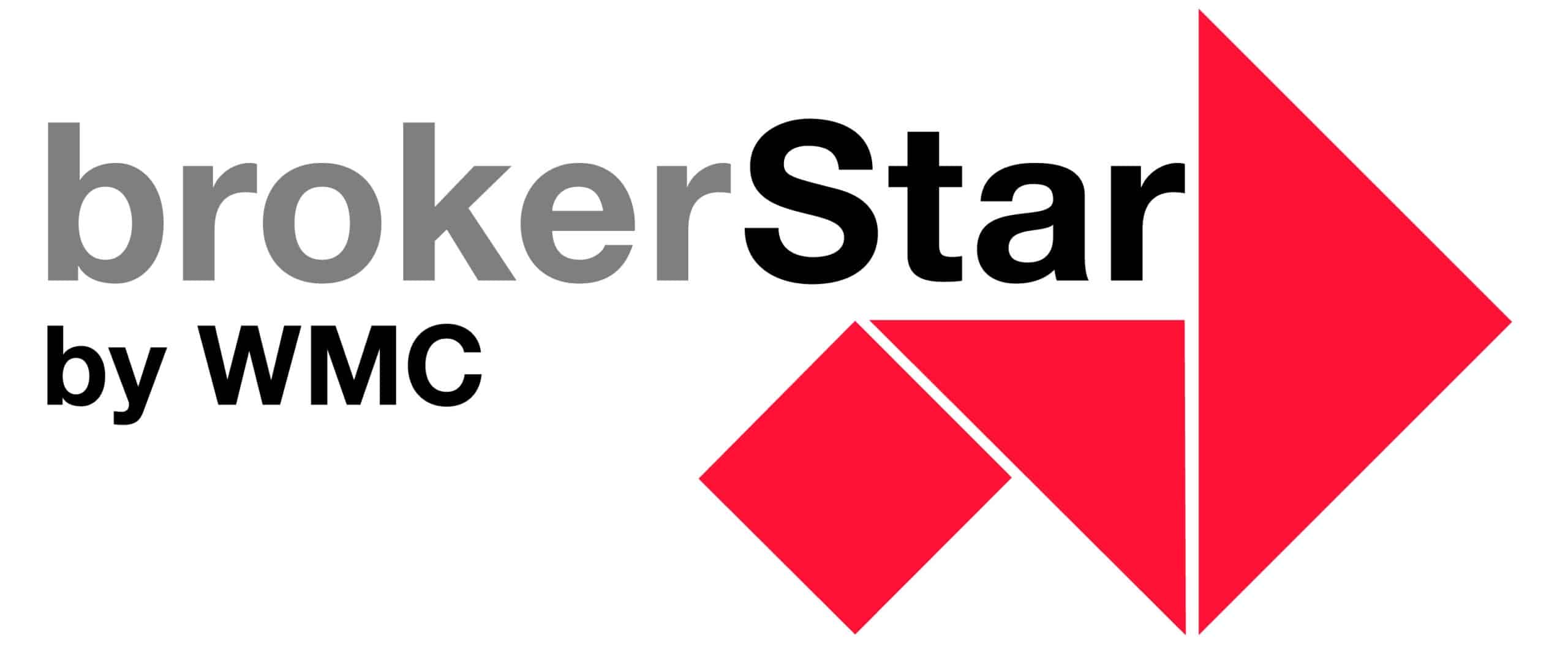Skills shortage in Switzerland: The underestimated strength of the “boomers”
31 July, 2025 | Nicht kategorisiert Current General
Switzerland is experiencing a massive shortage of skilled workers, including in the insurance industry. Instead of relying exclusively on immigration, companies are increasingly discovering a valuable resource: experienced employees aged 55+ bring know-how, reliability and stability to the company. At the same time, there is a tension among younger employees: Companies expect punctuality, the ability to work in a team and basic digital skills, while some school leavers do not bring these with them sufficiently. Conversely, many young people want flexible working hours and quick promotion opportunities – expectations that traditional apprenticeships often do not meet. This mismatch contributes to the fact that thousands of training places remain unfilled.
By 2030, there could be a shortage of around 500,000 workers in Switzerland, with the prospect of 1.3 million by 2050. This is a consequence of a very low birth rate and massive baby boomer retirements. In the healthcare sector, for example among nursing staff, 17,000 new jobs could have to be created by 2030 and a further 60,000 positions filled by retirements.
Boomers as a resource: Proven potential in challenging times
According to the Swiss Life study, 22% of companies specifically consider hiring older employees (55+) as a strategy to combat the shortage of skilled workers. Although 23 percent of the workforce belongs to this age group, they only account for 8 percent of new hires. A lot of potential remains untapped.
Why is that the case? Older employees score points with crisis experience, practical knowledge and a high level of loyalty, i.e. with qualitative plus points that are becoming increasingly rare in the dynamic, often digital labor market.
Young generation: between aspiration and qualification
Parallel to the growing demand for experience, there is a growing imbalance in the number of young applicants: Despite high expectations from companies, thousands of apprenticeships remain unfilled. SECO estimates around 12,000 unfilled apprenticeship places in 2024, meaning that young people remain without a place while companies have vacancies because qualifications such as punctuality, teamwork, basic digital skills and motivation are lacking.
Working atmosphere before wages
Swiss employees place more value on a good working atmosphere than on salary. According to a study by swissstaffing and gfs-zürich (1,204 respondents), 68% named the working atmosphere as the most important priority, followed by salary (63%). Flexibility in terms of time or location is essential for almost half. However, the generations differ significantly: Generation Z strives for security and fair pay, while the 50+ generation values autonomy, a sense of purpose and flexible working models above all.
A parallel survey of 509 companies shows a discrepancy: only 53% consider a good working atmosphere to be a strength, 44% remuneration. Instead, many companies emphasize internal structures such as flat hierarchies as factors that are less important to employees. In view of the shortage of skilled workers, companies need to adapt their strategies: Working atmosphere, fair pay and flexibility are becoming decisive success factors. Personnel service providers are also gaining in importance, as they help companies with temporary solutions and talent pools to bridge bottlenecks and avoid misplacements.
Corporate strategy: Engaging boomers – but how?
More companies are now recognizing the value of experienced employees: 58% of the companies surveyed cite them as a decisive factor in the battle for skilled workers. Companies rely on models such as 50+ tandem programs, mentoring or flexible transitions to part-time work, as in the canton of Aargau. However, only 13-14% of companies encourage employees to continue working beyond retirement age, although many older workers see this as a positive thing.
Policy & framework: Need for reform and opportunity
Politicians are discussing models that make working at retirement age more attractive, e.g. through tax incentives or making it easier to continue working after the age of 65. At the same time, the strategy of immigration is being examined, but this could stagnate or even fall from 2026, while at the same time many baby boomers are retiring from the workforce. This means that domestic potential, particularly among women, older workers and the existing population, will become increasingly important.
The Swiss opportunity: How companies can benefit
| Strategy | Effect |
|---|---|
| Actively recruit 55+ | Experienced employees fill gaps |
| Encourage further work | Harnessing potential for longer |
| Promoting and integrating young people | Filling training places precisely |
| Offer flexible & part-time work | More attractive for older employees |
Many employers now realize that those who see older employees merely as a burden are wasting strategic assets, especially in times when skilled workers are securing growth and innovation.
From January 1, 2025, the reference age for women was gradually adjusted by three months to 65 years for men. From the beginning of 2028, the reference age of 65 will apply to everyone. International organizations such as the OECD recommend linking the reference age to life expectancy. The rule of thumb is: if life expectancy increases by 1 year, the retirement age increases by 8 months.
Retirement at 70?
For Switzerland, this would mean the following: assuming life expectancy of an additional 5 years by 2050, which is a realistic calculation, the retirement age would have to rise to 67 to 68 in order to stabilize the funding base. With a simultaneous decline in the population and thus fewer contributors, a reference age of 70 would even be conceivable for fit people if no other measures such as immigration, higher contributions or lower pensions take effect.
If the population is shrinking, life expectancy continues to rise and the current pension level is to be maintained, the reference age would have to be raised to at least 67, and more likely 68-70, in the long term.
The combination of demographic change, the untapped potential of boomers and a lack of immigration makes the integration of older employees a decisive approach. Companies that promote this strategically, for example through flexible models, further training or pension schemes, secure their competitive advantage and future viability.
Binci Heeb
Read also: Work on retirement age with insurers and brokers




